Biography
Genaro was born in Hoboken, New Jersey, where he attended public school. [1] He served an apprenticeship at the architecture firm of F.W. Fisher but left to serve the U.S. army during the Korean War. After mustering out he entered the Pratt Institute where he graduated in 1957 with a degree in industrial design. [4] A year before completing his studies, Genaro started a work/study program at the offices of Henry Dreyfuss and he remained with the firm after graduation.
Genaro took on several projects among Henry Dreyfuss' corporate clients and was made an associate in 1963. He became a partner shortly thereafter and worked alongside Henry Dreyfuss until Dreyfuss' retirement in 1969. [1] Genaro then remained the senior partner [5] until his retirement from the firm in 1994. Throughout his career Genaro oversaw product development, ergonomic, graphic and architectural/interior design projects for AT&T, [5] Bell Labs, John Deere, Polaroid, Singer Corporation, American Standard and Bankers Trust, among others. He has also consulted with Olivetti, British Aircraft Corporation, Matsushita Electric and Hitachi. [1]
Genaro has lectured on design at Ohio State University, Carnegie Mellon, Columbia University, the Pratt Institute and the Rhode Island School of Design.
After retirement, he assumed the role of Chairman of the Board of Directors of Pascack Valley Hospital in Westwood, New Jersey. [1]
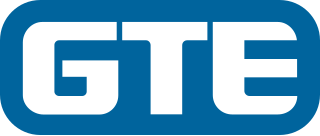
GTE Corporation, formerly General Telephone & Electronics Corporation (1955–1982), was the largest independent telephone company in the United States during the days of the Bell System. The company operated from 1926, with roots tracing further back than that, until 2000, when it was acquired by Bell Atlantic; the combined company took the name Verizon.
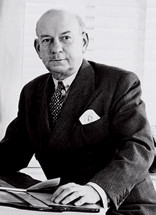
Walter Dorwin Teague was an American industrial designer, architect, illustrator, graphic designer, writer, and entrepreneur. Often referred to as the "Dean of Industrial Design", Teague pioneered in the establishment of industrial design as a profession in the US, along with Norman Bel Geddes, Raymond Loewy, Henry Dreyfuss and Joseph Sinel.
The Western Electric Company was an American electrical engineering and manufacturing company officially founded in 1869. A subsidiary of the American Telephone and Telegraph Company for most of its lifespan, it served as the primary equipment manufacturer, supplier, and purchasing agent for the Bell System from 1881 until 1984, when the system was dismantled. The company was responsible for many technological innovations, as well as developments in industrial management.

The Trimline telephone is a series of telephones that was produced by Western Electric, the manufacturing unit of the Bell System. These telephones were first introduced in 1965 and are formally referred to as the No. 220 Hand Telephone Sets. The Trimline was designed by Henry Dreyfuss Associates under the project direction of Donald Genaro; the firm had produced the previous post-war desktop telephone types for the American Telephone & Telegraph Company.

Walter Andrew Shewhart was an American physicist, engineer and statistician, sometimes known as the father of statistical quality control and also related to the Shewhart cycle.
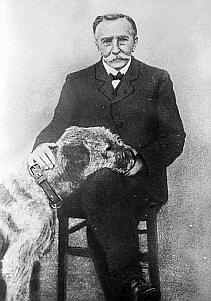
This timeline of the telephone covers landline, radio, and cellular telephony technologies and provides many important dates in the history of the telephone.

The Ericofon is a one-piece plastic telephone created by the Ericsson Company of Sweden and marketed through the second half of the 20th century. It was the first commercially marketed telephone to incorporate the dial and handset into a single unit. Because of its styling and its influence on future telephone design, the Ericofon is considered one of the most significant industrial designs of the 20th century by Phaidon. It is in the collection of the Museum of Modern Art in New York City. In Sweden, the Ericofon is known as the cobra telephone for its resemblance to a coiled snake.
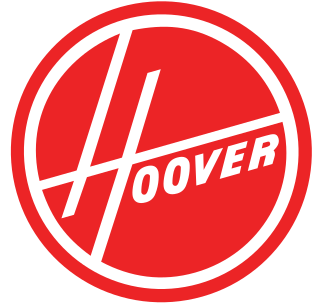
The Hoover Company is a home appliance company founded in Ohio, United States. It also established a major base in the United Kingdom; and, mostly in the 20th century, it dominated the electric vacuum cleaner industry, to the point where the Hoover brand name became synonymous with vacuum cleaners and vacuuming in the United Kingdom and Ireland. Hoover North America was once part of Maytag, but was sold by Maytag's new owners Whirlpool Corporation in 2007 to Hong Kong multinational manufacturing company Techtronic Industries for $107 million. Hoover International had already split from Hoover North America in 1993, and was acquired by Candy in 1995, which was acquired by Haier in 2019.

The Western Electric model 500 telephone series was the standard domestic desk telephone set issued by the Bell System in North America from 1950 through the 1984 Bell System divestiture. Millions of model 500-series phones were produced and were present in most homes in North America. Many are still in use today because of their durability and ample availability. Its modular construction compared to previous types simplified manufacture and repair, and facilitated a large number of variants with added features.
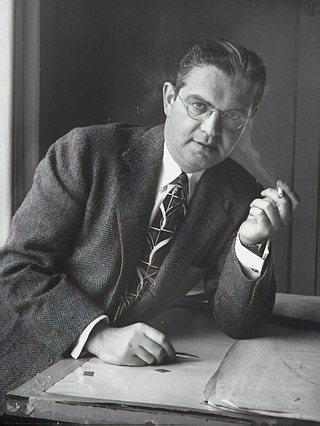
Henry Dreyfuss was an American industrial design pioneer. Dreyfuss is known for designing some of the most iconic devices found in American homes and offices throughout the twentieth century, including the Western Electric Model 500 telephone, the Westclox Big Ben alarm clock, and the Honeywell round thermostat. Dreyfuss enjoyed long-term associations with several name brand companies such as American Telephone and Telegraph, John Deere, Polaroid, and American Airlines.

Oki Electric Industry Co., Ltd., commonly referred to as OKI, OKI Electric or the OKI Group, is a Japanese information and communications technology company, headquartered in Toranomon, Minato-ku, Tokyo and operating in over 120 countries around the world.
VTech Innovation, L.P., doing business as Advanced American Telephones, is a telephone manufacturing company.

Design Line, also known as Deco-Tel, is a brand name that AT&T has used for several of its specialty telephone designs to fulfill the demand by customers for more variety in telephone models.
AT&T Technologies, Inc., was created by AT&T in 1983 in preparation for the breakup of the Bell System, which became effective as of January 1, 1984. It assumed the corporate charter of Western Electric Co., Inc.

The Princess telephone was introduced by the Bell System in 1959. It was a compact telephone designed for convenient use in the bedroom, and contained a light-up dial for use as a night-light. It was commonly advertised with the slogan "It's little...It's lovely...It lights", which was suggested by Robert Karl Lethin, an AT&T employee.
QLT Consumer Lease Services, formerly AT&T Consumer Lease Services, is a New Jersey-based telephone equipment leasing company. The company provides telephone leasing services to residences and small businesses in the United States. These services include next business day replacement of the leased product for any reason.
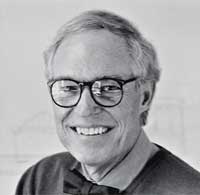
Niels Diffrient was an American industrial designer. Diffrient focused mainly on ergonomic seating, and his most well known designs are the Freedom and Liberty chairs, manufactured by Humanscale.
This article outlines the history of Canadian technological invention. Technologies chosen for treatment here include, in rough order, transportation, communication, energy, materials, industry, public works, public services, domestic/consumer and defence technologies.

HLW is a design, architecture and planning firm headquartered in New York City, with offices in Madison, New Jersey; Stamford, Connecticut; Los Angeles, California; London; and Shanghai. HLW is one of the oldest design firms in the United States, tracing its beginnings to 1885.
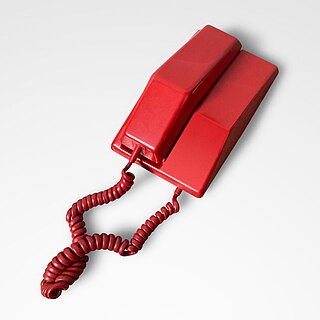
The Contempra is a telephone designed and produced by Northern Electric beginning in 1967. Contempra was the first phone designed in Canada, previous Canadian sets having been designed in the US for Western Electric and built under licence.

















